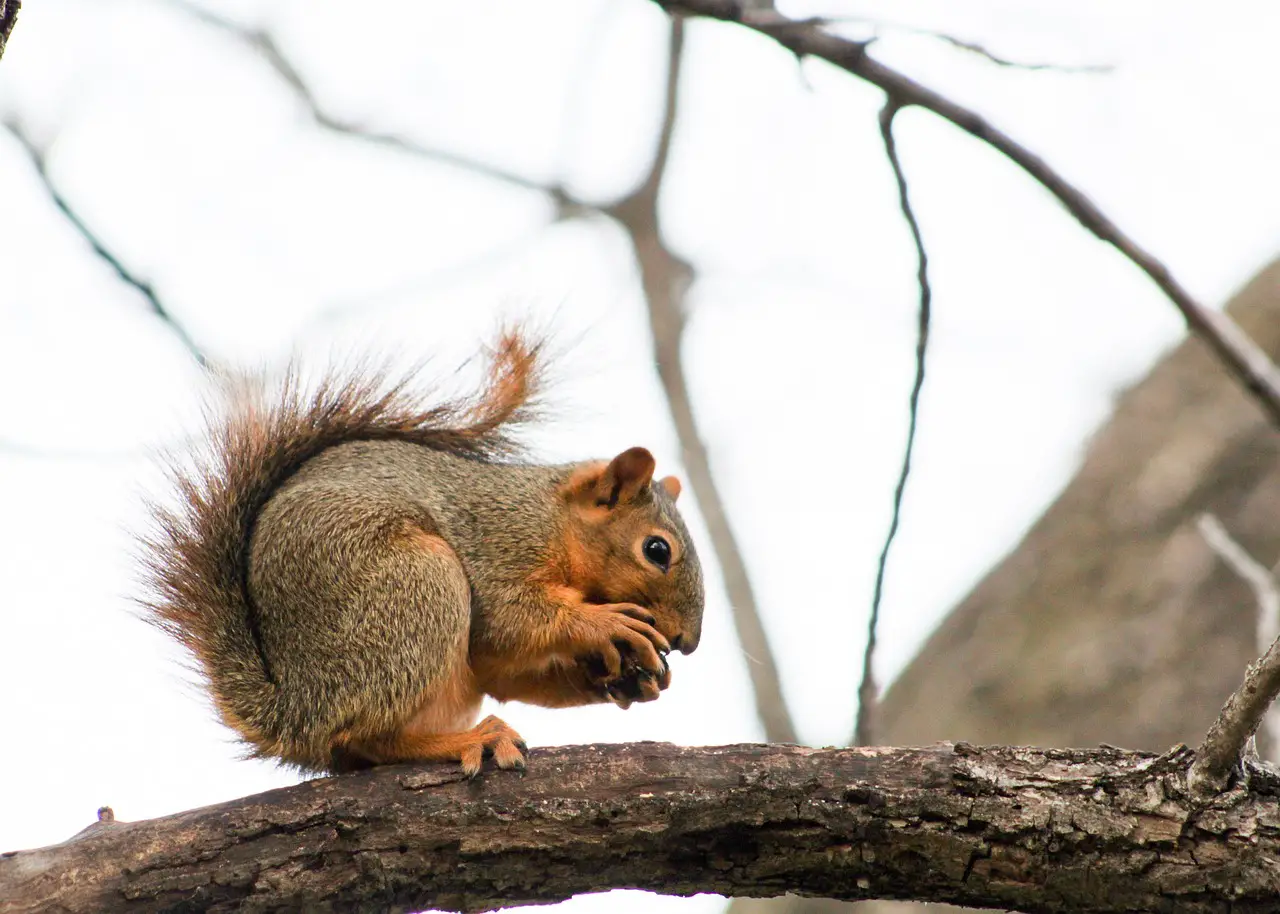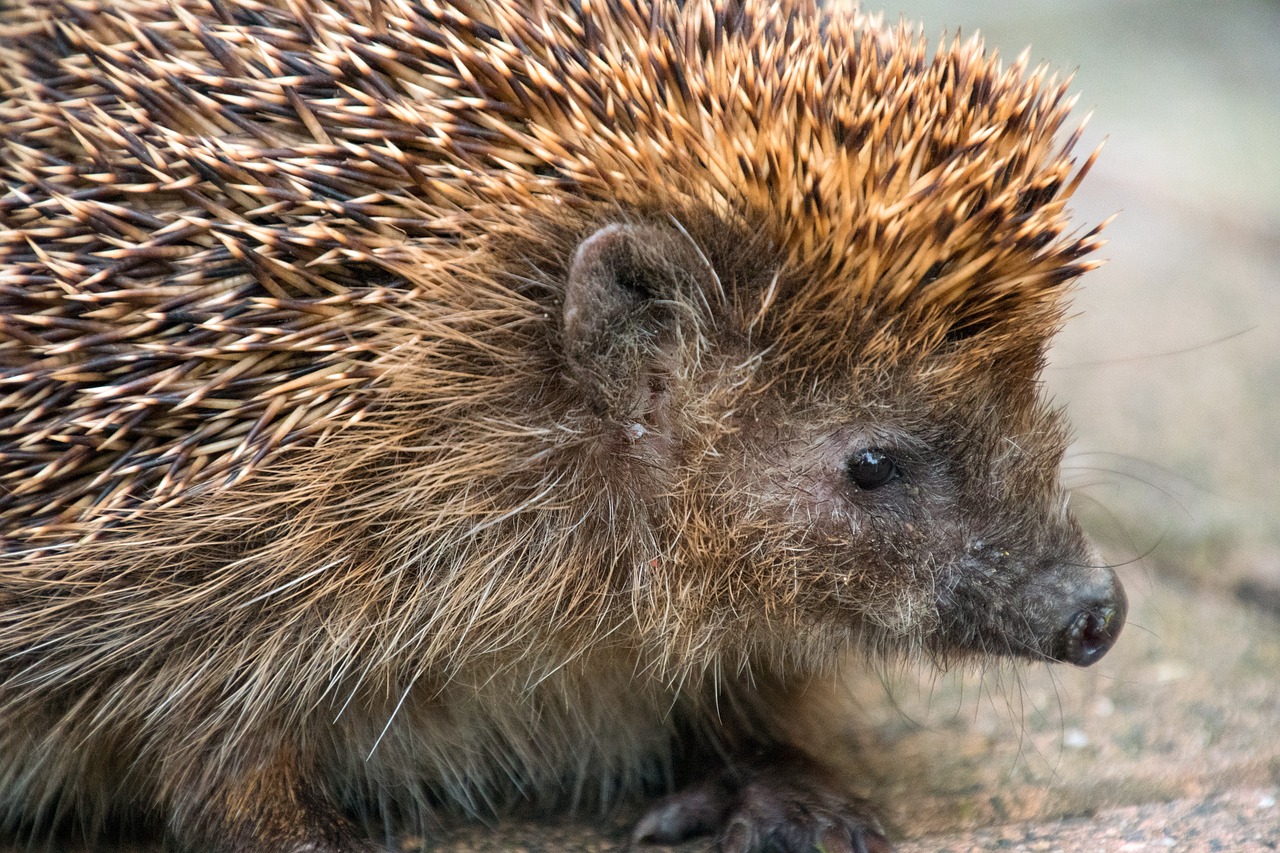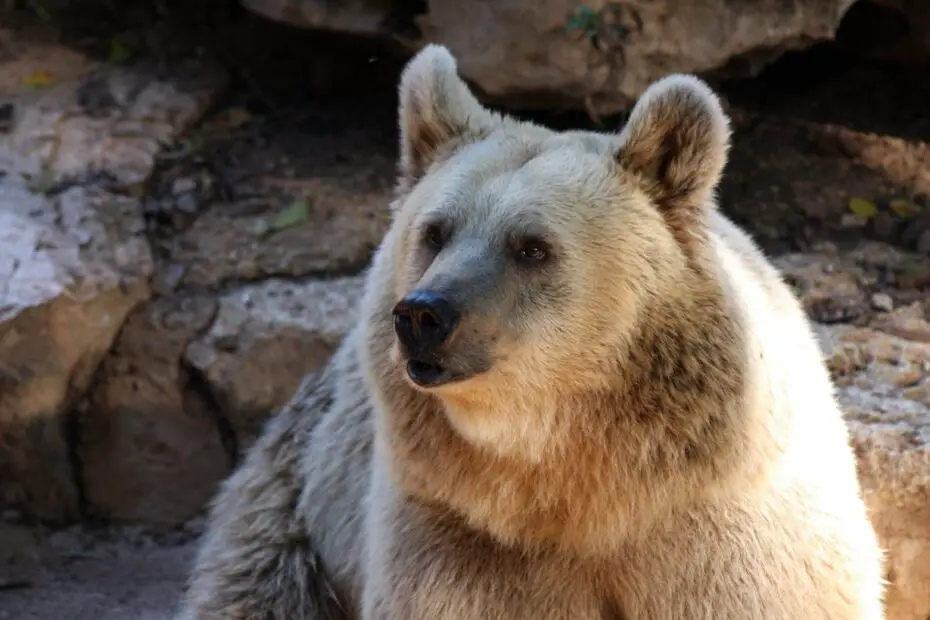As winter arrives and temperatures drop, many animals retreat into a deep slumber known as animal hibernation. Hibernation is a fascinating adaptation that enables certain creatures to survive the harsh conditions of winter when food and resources become scarce. In this article, we will delve into the world of animal hibernation, exploring its definition, the animals that engage in this phenomenon, the animal hibernation process, and the remarkable benefits it provides for survival.
You may also want to read about grizzly bear vs polar bear.
What is Hibernation?
Definition and Purpose
Animla hibernation can be defined as a state of prolonged inactivity and reduced metabolic rate that allows animals to conserve energy during the winter months. It is a survival strategy employed by numerous species to endure periods of cold temperatures, limited food availability, and harsh environmental conditions. By entering a dormant state, hibernating animals can conserve energy and avoid the need to search for food or face potential dangers.
Hibernation vs. Torpor
Animal hibernation is often confused with torpor, another state of reduced activity and metabolic rate. While similar, hibernation is a more extended and sustained period of dormancy compared to torpor, which may last for shorter durations, such as a few hours or days. Animal hibernation is typically associated with winter, while torpor can occur at any time of the year in response to various conditions.

Animals That Hibernate
Hibernation is observed in various animal groups, including mammals, reptiles, and even some amphibians. Let’s explore some examples of hibernating species in each category.
Mammals
Many mammals are well-known hibernators. Bears, such as black bears and grizzly bears, enter a deep hibernation during winter. Other mammalian hibernators include ground squirrels, chipmunks, bats, and certain species of rodents.
Reptiles
While reptiles are not commonly associated with hibernation, some reptilian species exhibit similar dormant states during colder periods. Turtles, for instance, can undergo a form of hibernation known as brumation, where their metabolism slows down, and they become less active.
Amphibians
Certain amphibians also undergo hibernation to survive the winter. Frogs and toads, for example, may bury themselves in the mud at the bottom of ponds or seek refuge in burrows to escape freezing temperatures.
Hibernation Process
Hibernation involves several stages and adaptations that enable animals to endure extended periods of dormancy. Let’s explore the hibernation process in detail.
Preparing for Hibernation
Before hibernation, animals engage in behaviors to prepare themselves for the upcoming dormant period. This may include storing food reserves, increasing body fat, finding suitable shelter, and seeking a safe hibernation site.

Entering Hibernation
As winter approaches, hibernating animals enter a state of torpor. Their metabolic rate significantly decreases, and their body temperature drops. Breathing and heart rates slow down, and they enter a deep sleep-like state.
Maintaining Vital Functions
During hibernation, animals maintain essential bodily functions at minimal levels. Their bodies utilize stored energy reserves, such as fat, to sustain basic metabolic needs. Despite the reduced activity, certain bodily functions, like brain activity, continue at a minimal level to ensure survival.
Benefits and Adaptations
Hibernation provides various benefits and adaptations that contribute to an animal’s survival in challenging winter conditions. Let’s explore some of these remarkable advantages.
Energy Conservation
By entering a state of hibernation, animals conserve energy when food resources are scarce. They rely on stored fat reserves to sustain themselves throughout the dormant period, minimizing the need to search for food in the barren winter landscape.
Surviving Harsh Conditions
Hibernation allows animals to survive harsh environmental conditions that would otherwise be unsuitable for their survival. By slowing down their metabolism and entering a dormant state, hibernators avoid the need to forage for food or face extreme weather conditions.
Hibernation Myths
Throughout history, various myths and misconceptions have surrounded the concept of hibernation. Let’s debunk some of the common myths associated with hibernation.
Conclusion
Hibernation is a remarkable adaptation that enables animals to survive the challenges of winter. Whether it’s bears slumbering in their dens or frogs burrowed in the mud, hibernating animals have evolved unique strategies to endure the cold and scarcity of winter. By understanding the intricacies of hibernation, we gain a deeper appreciation for the wonders of nature and the incredible resilience of animal life.
FAQs
1. Do all animals hibernate during winter? No, not all animals hibernate during winter. Hibernation is an adaptation specific to certain species that enables them to survive harsh conditions.
2. Can animals wake up from hibernation if disturbed? Yes, animals in hibernation can wake up if they are disturbed. However, it’s essential to minimize disturbances as the energy expenditure during this period is costly for hibernating animals.
3. How long does the hibernation period last for animals? The duration of the hibernation period varies depending on the species. Some animals may hibernate for a few weeks, while others can hibernate for several months.
4. Can hibernating animals survive without eating or drinking? Hibernating animals rely on stored energy reserves, such as fat, to sustain themselves during the dormant period. They do not eat or drink during hibernation.
5. Do animals hibernate in groups or individually? Hibernation behavior varies among species. Some animals hibernate individually, while others may hibernate in groups or colonies for added warmth and protection.
